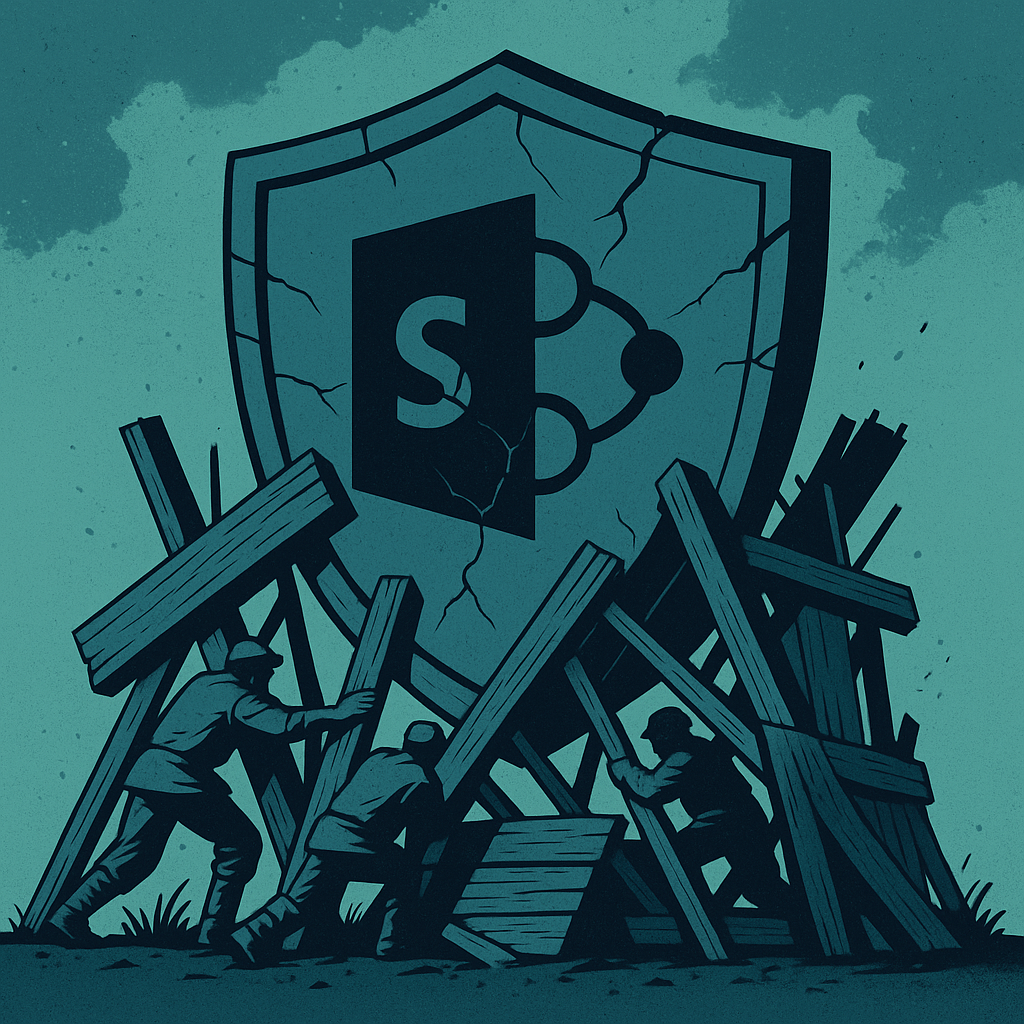By: Derek Odiorne
Incident Response Planning for Food and Beverage Companies
In the fast-paced world of food and beverage production, every minute counts. From supply chain management to production line efficiency, companies in this industry are constantly focused on delivering quality products quickly and safely. However, amid this hustle, there is one critical area that often goes overlooked—cybersecurity. Specifically, incident response planning, which is crucial to protecting your company from the potentially devastating effects of a cyberattack.
The Importance of Having an Incident Response Plan
For food and beverage companies, the stakes are incredibly high. A single cyber incident can disrupt operations, damage your brand’s reputation, and even lead to legal consequences if customer data is compromised. Given the nature of the industry, where food safety and regulatory compliance are paramount, the risks extend beyond financial losses. A cyberattack could lead to production downtime, compromising product safety, or even result in the contamination of food products.
An incident response plan is your first line of defense when a cyberattack occurs. It outlines the steps your organization will take to detect, contain, and mitigate the impact of an incident. Without a well-structured plan, your company may find itself scrambling to respond, leading to increased damage, longer downtimes, and higher costs.
Key Components of an Effective Response Strategy
-
Preparation and Risk Assessment
The foundation of any effective incident response plan is thorough preparation. For food and beverage companies, this means conducting a detailed risk assessment to identify potential vulnerabilities within your systems. Understanding where your most critical assets are and the potential threats they face allows you to tailor your response plan to your specific needs. Regularly updating this assessment ensures that your plan evolves with the changing threat landscape. -
Clear Communication Channels
During an incident, clear and concise communication is vital. Establishing predefined communication channels ensures that all stakeholders, from IT teams to executive leadership, are informed and coordinated. For food and beverage companies, this also means being prepared to communicate with regulatory bodies, suppliers, and customers if an incident affects food safety or supply chains. -
Rapid Detection and Response
The speed at which you detect and respond to a cyber incident can make all the difference. Implementing advanced monitoring tools that provide real-time alerts is essential. Your incident response team should be trained to act swiftly, containing the threat before it spreads. For example, if a ransomware attack targets your production systems, immediate isolation of affected areas can prevent widespread disruption. -
Containment and Eradication
Once an incident is detected, the next step is containment. This involves isolating the affected systems to prevent further damage. For food and beverage companies, containment may also include halting production to protect product integrity. After containment, the focus shifts to eradication—removing the threat from your systems entirely. This step is critical to ensure that the incident does not recur. -
Recovery and Post-Incident Analysis
Recovery involves restoring normal operations as quickly as possible. This may include restoring data from backups, reconfiguring systems, and conducting thorough testing to ensure the threat has been completely eliminated. Following the recovery phase, a post-incident analysis should be conducted. This analysis helps identify what went wrong, what worked, and how your response plan can be improved. -
Regulatory Compliance and Reporting
The food and beverage industry is heavily regulated, and a cyber incident could trigger mandatory reporting requirements. Your incident response plan should include steps for complying with industry regulations and ensuring that all necessary reports are filed promptly. This is especially important in incidents that could affect food safety or lead to a breach of consumer data. -
Training and Drills
An incident response plan is only as effective as the people executing it. Regular training sessions and simulated drills help ensure that your team is prepared to act quickly and efficiently. For food and beverage companies, it’s also important to involve staff from various departments in these exercises, as a cyber incident can have wide-reaching effects on different areas of the business.
Conclusion
In the food and beverage industry, where the stakes are incredibly high, a robust incident response plan is not just a recommendation—it’s a necessity. By preparing in advance, clearly defining your response strategy, and ensuring that your team is ready to act, you can protect your business from the potentially devastating impacts of a cyber incident. Remember, the key to minimizing damage is not just having a plan but ensuring that it is regularly updated and rigorously tested. Your company’s ability to respond effectively can make all the difference in maintaining consumer trust, ensuring regulatory compliance, and safeguarding your bottom line.
By prioritizing incident response planning, food and beverage companies can stay resilient in the face of an ever-evolving threat landscape, ensuring that their operations remain secure and their products safe for consumers.
Subscribe To Our Newsletter
Get updates and learn from the best
More To Explore


